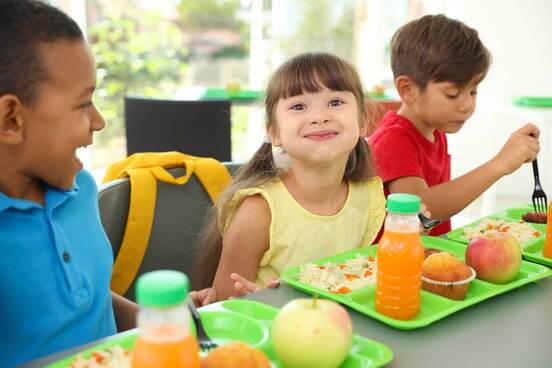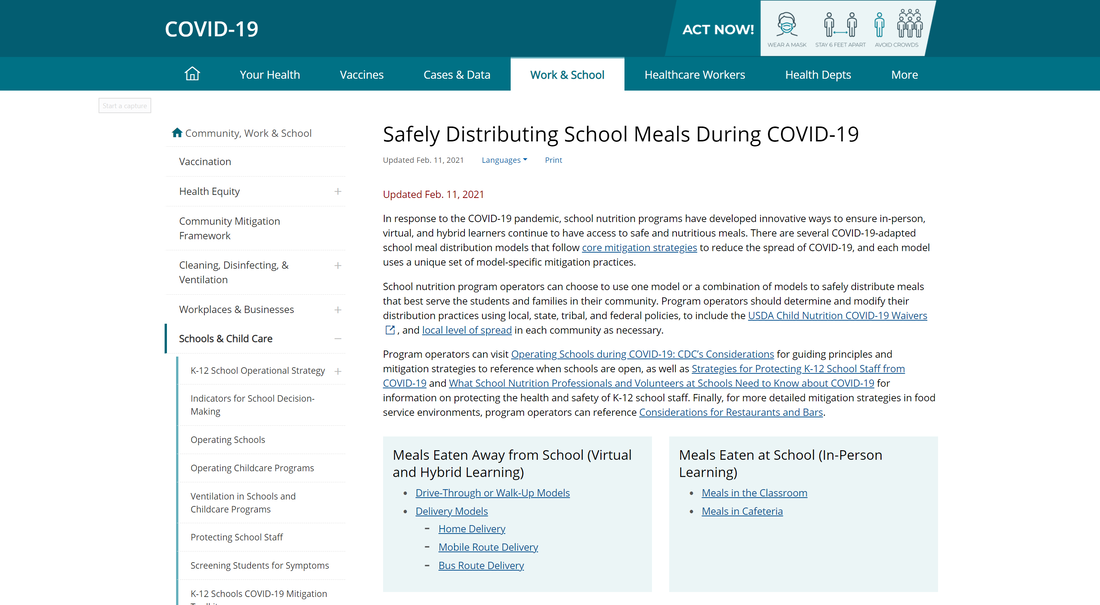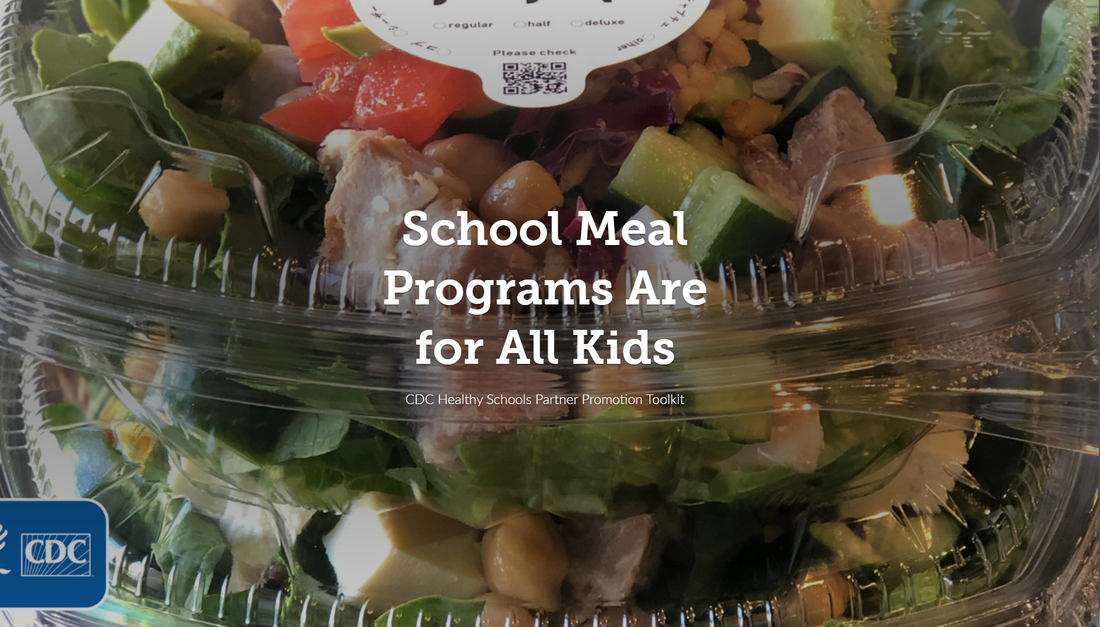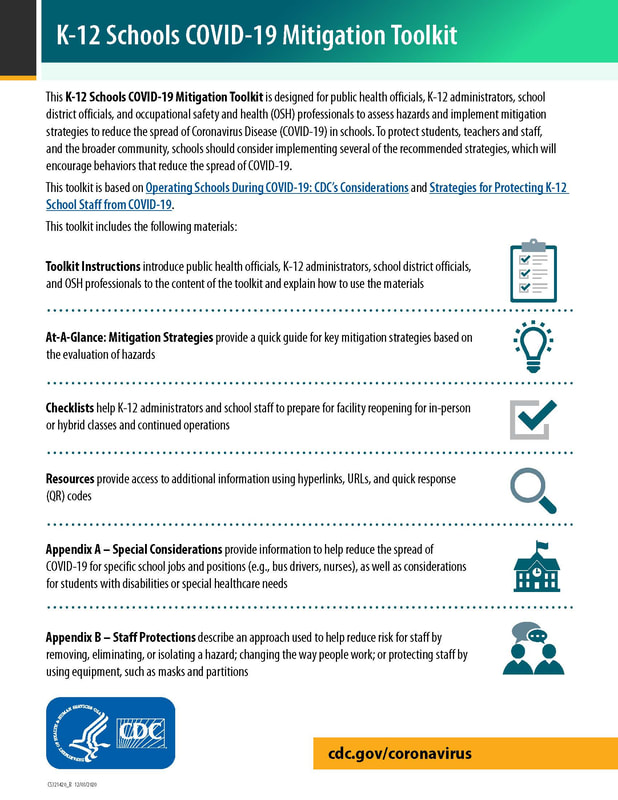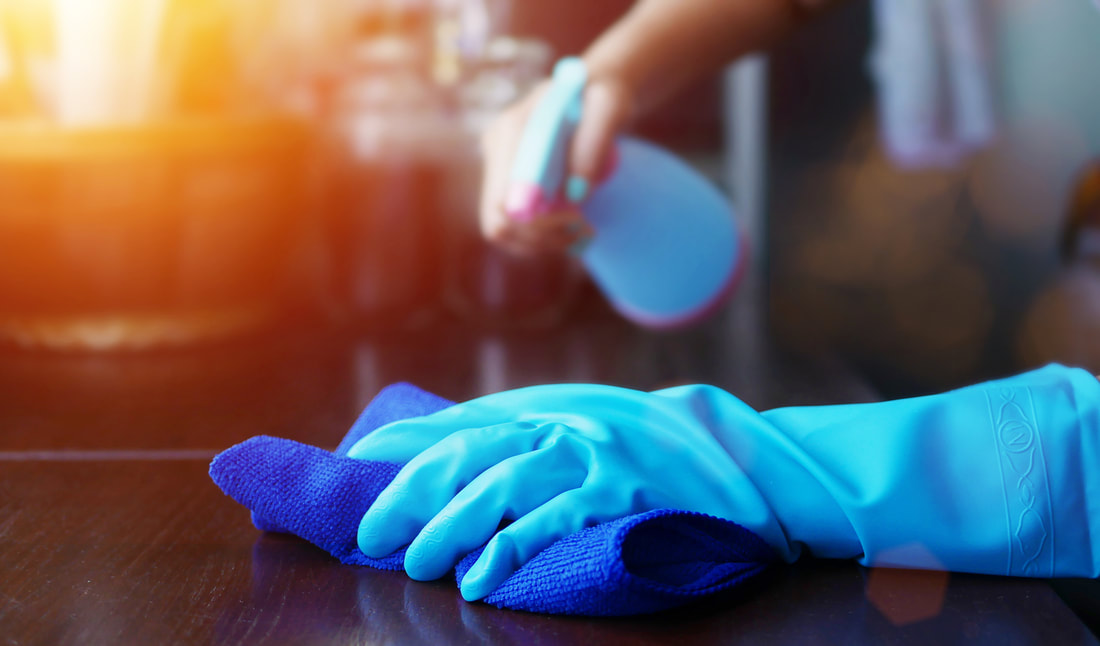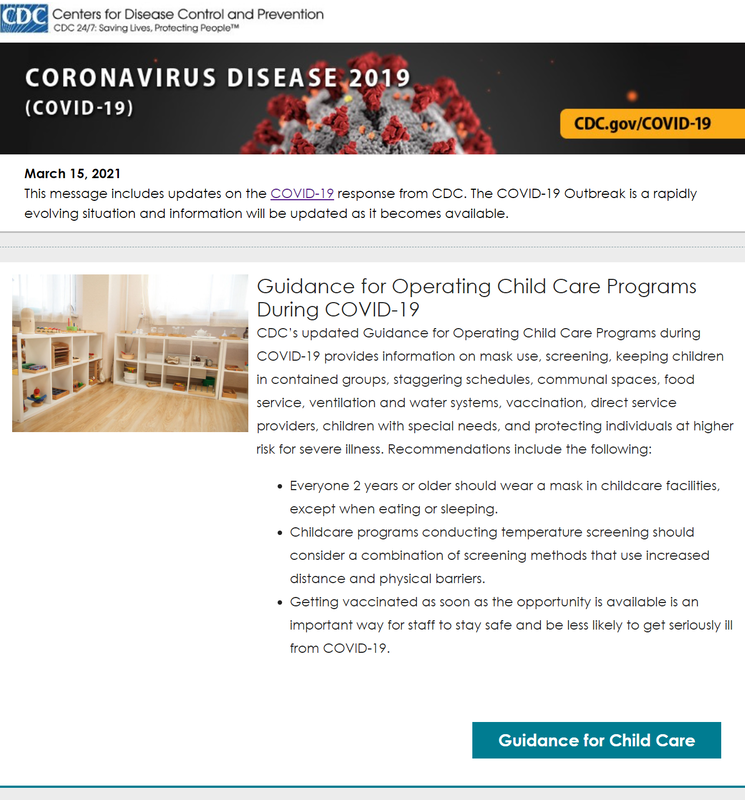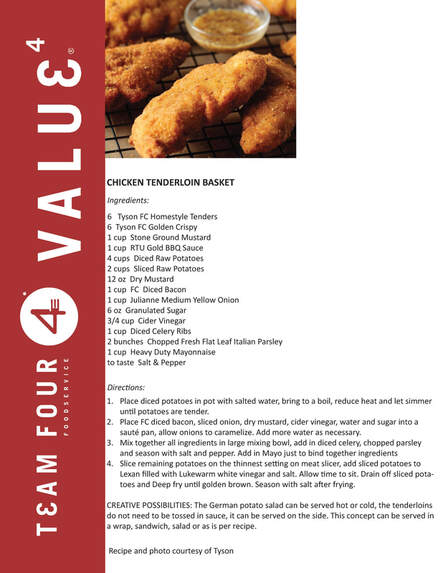Self Serve OperationsThe Food and Drug Administration has released a series of best practices for restaurants, which include discontinuing self-serving stations that require customers to use common utensils or dispensers, like salad bars and buffets, and most states are following those guidelines.
Below are some ideas to explore that may allow you to maintain a revised model of your current program or develop a new program: Adopt a cafeteria-style strategy in which employees serve customers items that would have otherwise been in a buffet, eliminating the need for customers to touch utensils. Consider using Kiosks, stationed around the facility to separate guests and control flow Set up stanchions around the buffet areas and use floor markers tell customers where to stand as they line up for their food to encourage social distancing while in line. Limit the number of guests in the dining area at one time. Limit the number of people in line at any one time. Guests should not be allowed within 6 feet of the food-serving area Give customers their own serving utensils on the buffet line. Serve only pre-packaged food items Frequently wash and sanitize all multiuse utensils used on the bar Frequently clean and sanitize counters and the entire service area Constant monitoring by an employee trained in safe food handling and operating procedures Only use pre-wrapped utensils Post notice informing consumers to wash their hands if they touch/use common serving utensils Frequent hand washing and glove changes for food service employees Consider asking guests to wear face coverings (masks) while at the buffet Provide hand sanitizer for customers prior to using bar Menu Ideas for Limited Service Pre-made, wrapped, hot breakfast sandwiches Fruit and yogurt parfait Yogurt Cups Fresh cut fruit cups Whole fresh fruit Individual Cereal Cup/Box Oatmeal Cup Bottled Beverages – Juice, water, milk etc. Wrapped Breakfast Baked Items – Muffins, Bagels, Breads, Cookies Prevent allergen slip-upsRestaurant kitchens are used to having to maintain high standards for health and safety. Still, concern about COVID-19 and resulting strains on labor and resources may make it more likely for standards to fall through the cracks in other areas – like allergen safety. Take care to make sure allergen-free foods and the equipment used in their preparation are properly labelled; that these foods are sealed tightly in containers used only for those foods and stored in an area used just for those foods; that you’re using separate equipment, prep stations and utensils; and that your kitchen preparation areas are well-ventilated and cleaned. Granted, the current challenges of social distancing and limiting staff in the kitchen may make this more difficult. US Foods suggests planning ahead carefully to accommodate allergies if your training, resources and space are limited: That could mean committing to preparing allergen-free food only on set times and days, and with allergen-free equipment.
|
More resourcesDistributing MealsCDC School Meal ToolkitCOVID-19 Mitigation ToolkitSafetyGuidance for Operating Child Care Programs During COVID-19Recipes |
- Team Four
- The Advantage
- Services
- Recipes
- Industry Links
- Healthcare
- Foodservice Updates Newsletter
- Foodservice CEO
- Culinary Services
- Market Trend Consulting
- Group Purchasing Organizations
- Palette Foodservice Partners
- Charging Station
- Quarterly Newletter
- Supply Chain Struggles
- Contact Us
- Become a Member
Copyright 2024 Team Four Foodservice, All Rights Reserved.

